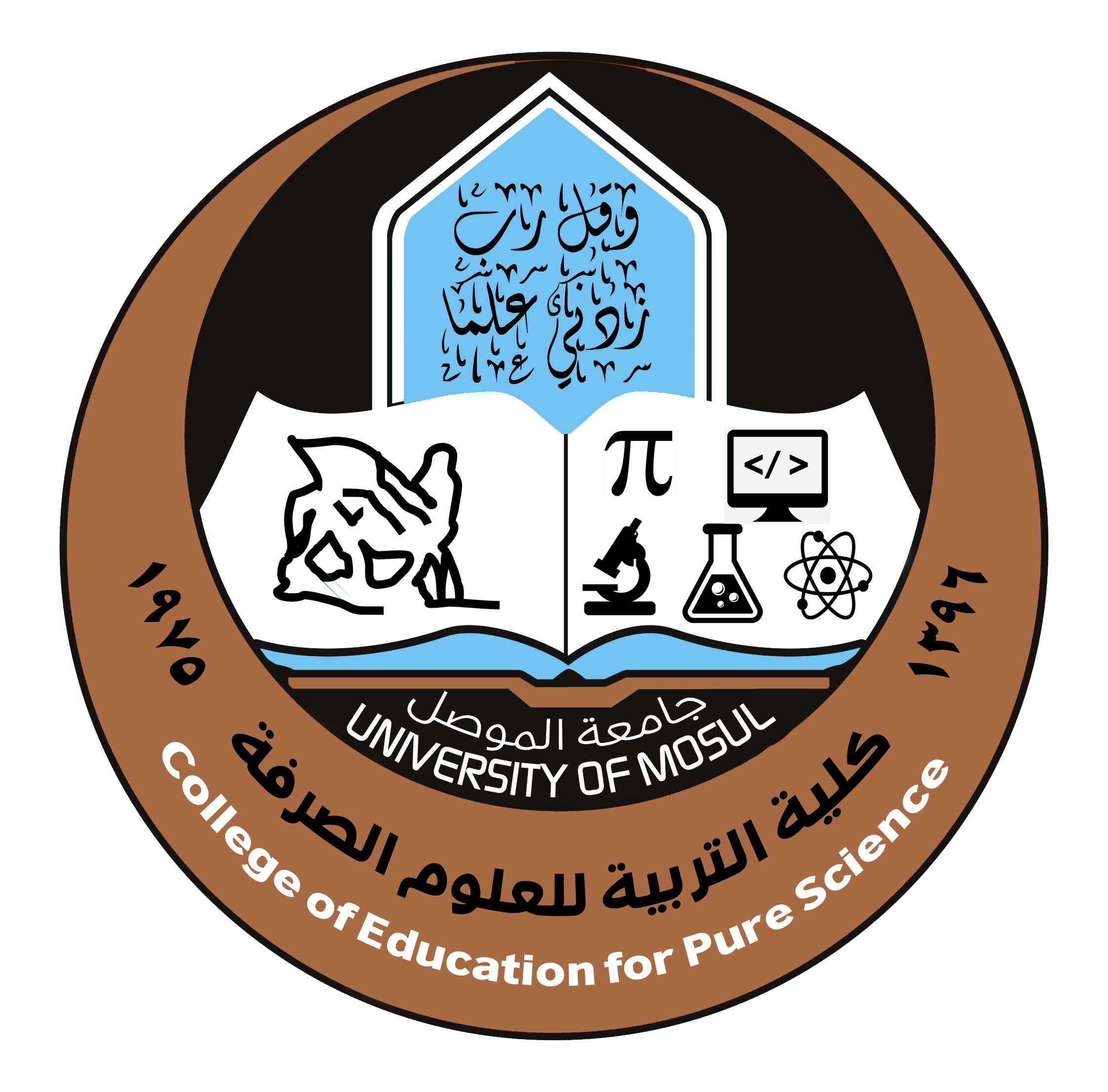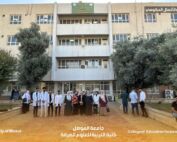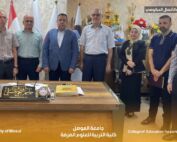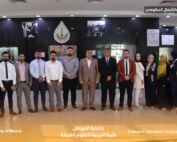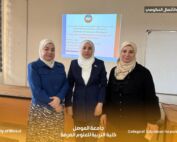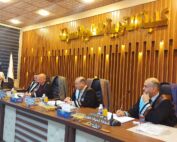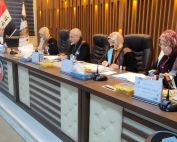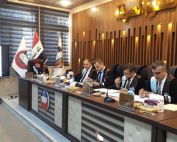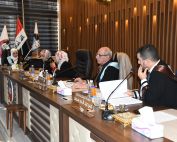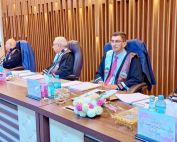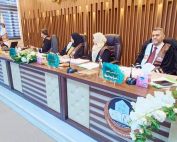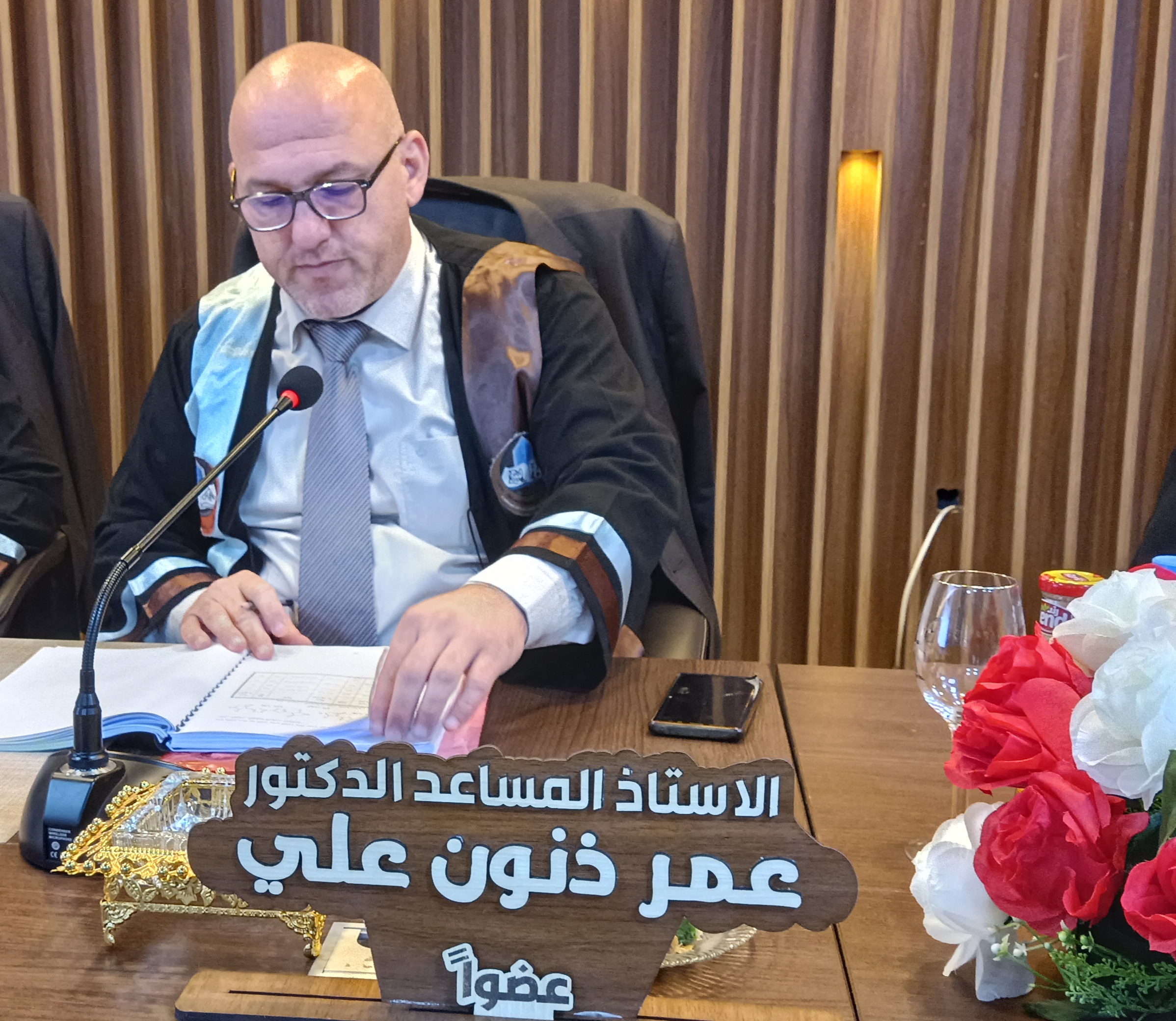14 August، 2022
Master Thesis Viva- Physics Department
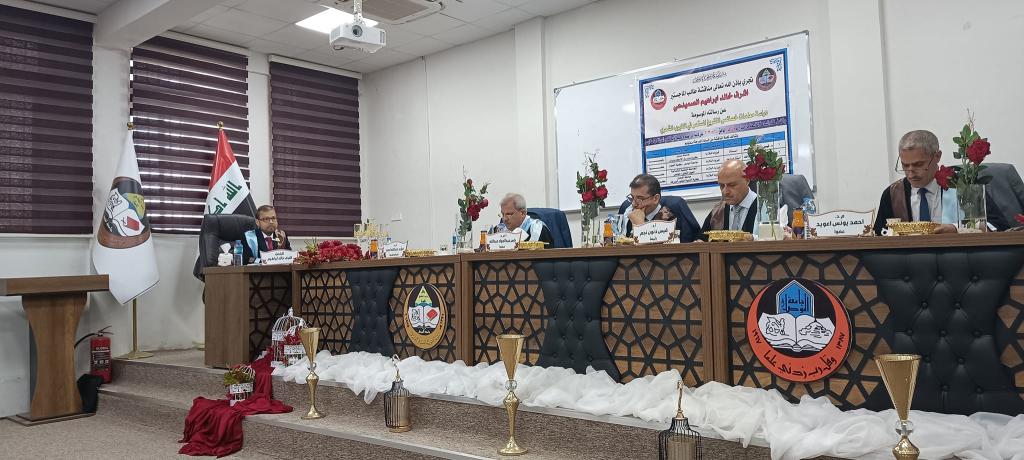
Master Thesis Viva in the College of Education for Pure Science entitled “Parametric Study of DC Discharge Characteristic in a Capillary Tube “The College of Education for Pure Science, University of Mosul, has done the Master Thesis Viva entitled “Parametric Study of DC Discharge Characteristic in a Capillary Tube”,On Sunday, August 14, 2022, the College staff including the respected Dean of the College, Assistant Professor Dr. Qais Ismail Ibrahim, the Honorable Scientific Associate and Administrative Associate, the Honorable Head of the Department of Physics, and a number of the college’s teachers were attended the viva. This study, presented by the Master student Ashraf Khaled Ibrahim in the Department of Physics,The plasma discharge in capillary tubes has attracted the interest of researchers for decades, which made it enter into several fields, including plasma display, gas-filled capillary electric discharge guides, and X-ray lasers. In this study, previous studies in the field of gas electrical discharge in general with Taking into consideration the electrical discharge in capillary tubes were presented. The design of the continuous electrical discharge system in the capillary tube with the flexibility of moving the anode electrode and changing the length of the plasma column gave the flexibility to employ these variables within the measurements that were made. The diameter of the discharge tube was 3.1 mm. The electrical discharge in the capillary tube was accomplished in the presence of the gases used in the work, namely dry air and helium gas, at pressures (0.2 to 0.7 torr) by six pressures and four varying distances between electrodes of electrical discharge (10 to 14 cm) by five distances. A continuous capillary discharge Paschen curve was obtained for both working gas. The I-V characteristics curve of the electric discharge was obtained, the relationship gave a rapid decrease when moving from the subnormal discharge region to the normal discharge region compared to the air. Electron temperature obtained from the characteristic curve of the dual probe gave reasonable values and decreased with increasing pressure for both working gases. The values of electron temperature in helium plasma were higher than in air, while the plasma density of air was higher than that of helium plasma. The results for both electron temperature and plasma density were in agreement with previous published works. Comparing the calculation of Debye length and plasma frequency and its change with pressure gave results that agreed to an acceptable extent and previous published research. The study presented three proposals to modify the electrical discharge system in capillaries that can be used for future research.The Viva committee was chaired by Prof. Dr. Qais Dannoun Najm / Nineveh University College of Electronics Engineering and the membership of Asst. Prof. Hana Yasser Abdul-Jawad Abdullah / University of Mosul, College of Science, Lecturer Dr. Ahmed Younis Awaid / Northern Technical University Technical Institute – Mosul, and under the supervision and membership of Lect. Dr. Muayad Abdullah Ahmed University of Mosul, College of Education for Pure Science.
